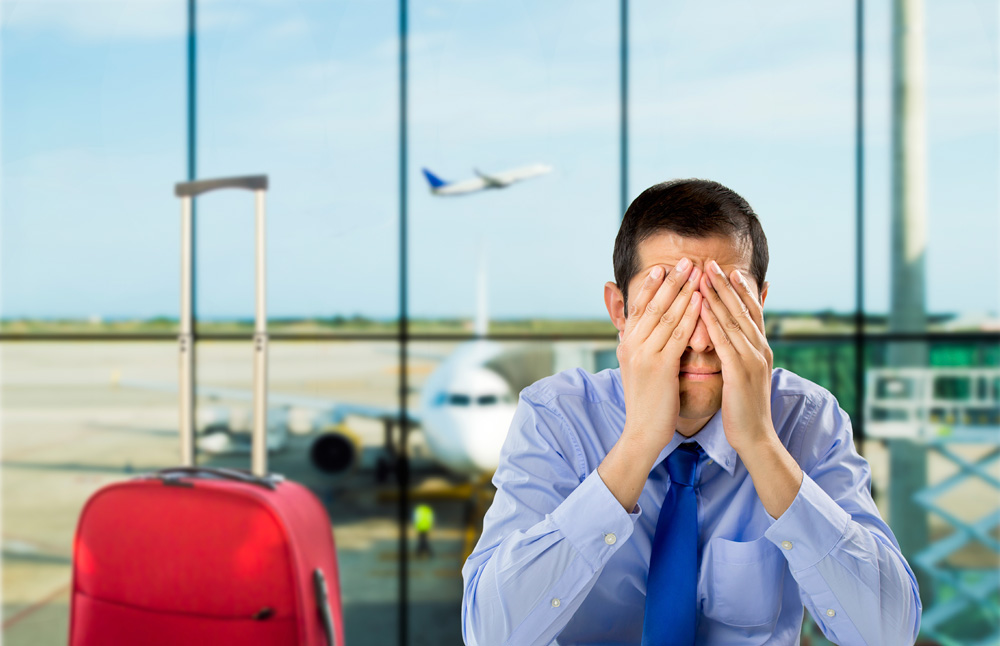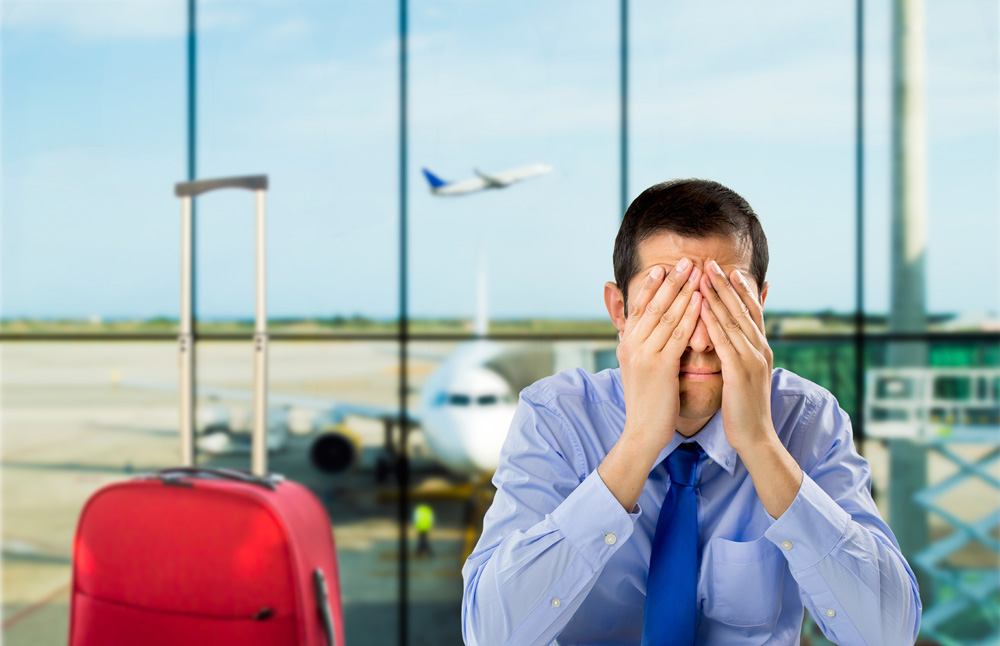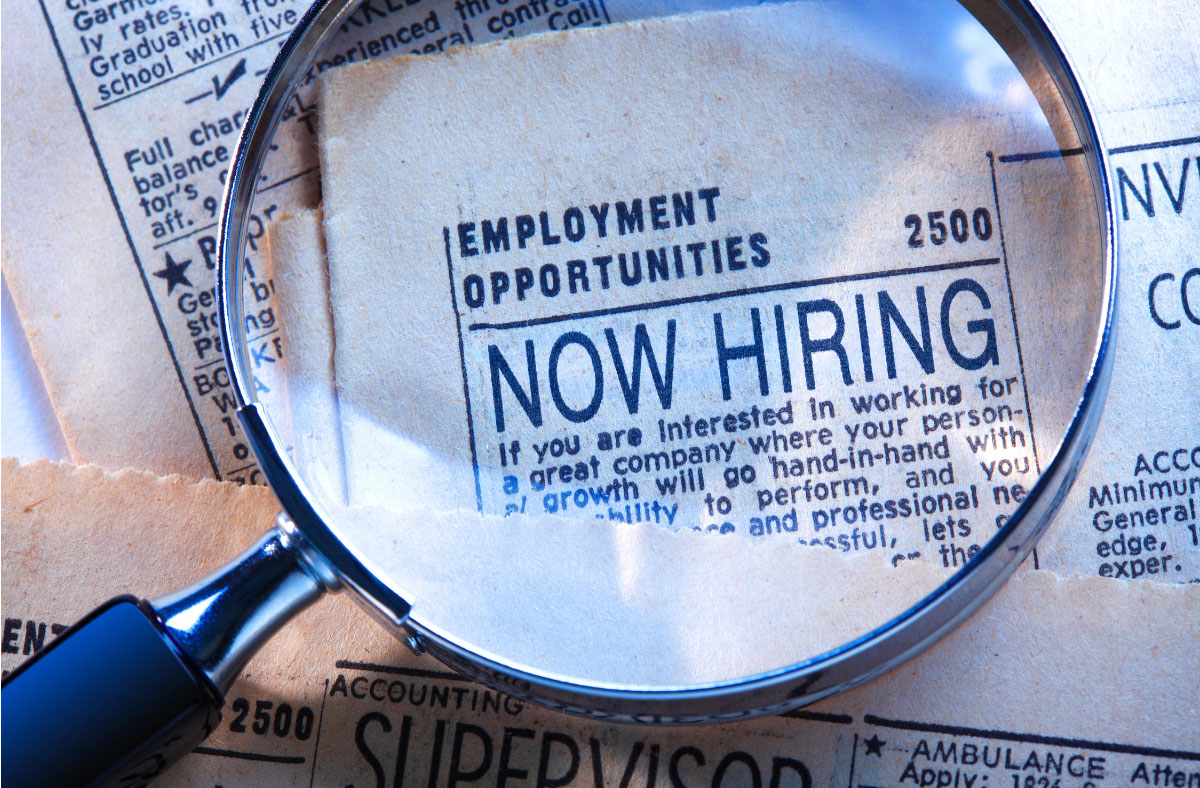 Planning a business trip is an investment. Much is at stake during each trip, from a potential sale to recruiting the right partner, and taking care of the details can help you focus on the real purpose of your trip.
Planning a business trip is an investment. Much is at stake during each trip, from a potential sale to recruiting the right partner, and taking care of the details can help you focus on the real purpose of your trip.
A thoroughly-planned visit can maximise the return on your investment by making sure that your time is well spent. Since visiting Latin America involves a good deal of time and money, it’s imperative that you plan accordingly.
But business travellers have it all sussed out. They’ve done it all before. So, providing you with obvious advice that applies to all continents just won’t cut it.
I took up the challenge to focus on the less obvious tips and tricks that will make your next business trip to Latin America smoother and, therefore, more valuable.
1. Prepare for the effects of high altitude
You know you need to prepare for different climates: cold, hot, humid, and changeable. Now, have you also factored in altitude? Don’t just check the weather forecast when travelling to Latin America, also check the altitude you’ll be working at.
The higher up you go (think Bogotá, La Paz, Quito and other cities), the more time you need for adjusting. Don’t schedule meetings for soon after you’ve arrived. Believe me, unless you’re very used to it in your home country, you’ll struggle.
You will very likely feel very tired, at the very least – imagine an appalling jetlag or some mighty hangover!
Some people feel nauseous, too, dizzy or very exhausted. Running up the stairs is a total no-no, it will totally deplete you of energy.
I don’t suffer too heavily from these symptoms but have travelled with people that do, some of whom are young and otherwise very healthy and fit.
Keep hydrated. Take it easy and give your body time to adapt. As I said, do check the height. 1,000m above sea level might not do you any harm, but at 2,000m some people struggle and above 3,000 we’re all in for some experience…
By the way, remember that if you open a tube of cream/gel/toothpaste at high altitude, the whole thing will come out very quickly (as it happens on a plane), so watch out! I lost half a tube of newly-bought foundation due to this mistake!
2. Have the correct currency and change on hand
We all know we need different currency in different countries. U.S. dollars can be used widely in some countries, such as Panama, but not in most. Make sure you get some local currency, either before your trip or upon arrival.
I prefer to withdraw money from an ATM upon arrival since finding Peruvian or Colombian money where I live in Uruguay, for example, is virtually impossible and the exchange rates are extortionate.
You will want to make sure you get some small change quickly because taxis do not typically take cards in Latin America, and neither will the little corner shop you walk into when you’re desperate for a bottle of water.
Even though financial technology is improving in Latin America, you will find that credit or debit cards still aren’t accepted in many places, or that the minimum spend is fairly high.
Trying to pay for a $3 taxi journey with a $20 bill will almost always be a failure and it is your responsibility to have the correct change, not theirs.
3. Look into availability and reliability of Wi-Fi/data
Broadband penetration varies a lot across and within countries. I find that internet connections are fast and reliable in Montevideo, where I live, but can be awfully slow in Quito, for example. My Claro phone is perfectly capable of connecting me to the world in Panama but it can’t cope in Costa Rica.
Explore the option of getting a local SIM card (usually called a “chip”). Don’t take connectivity for granted. Those Skype calls back to the office/family might be a no-go.
4. Don’t get caught without proper identification
Latin Americans are used to having an ID card with them at all times. Make sure that, at the very least, you have a photocopy of your passport with you everywhere you go.
If you are visiting official buildings, or even some very large and security-challenged companies (think energy, mining, free trade zones, and infrastructure, for example), make sure you check if you are required to have an original document with you before you go.
This is particularly the case in Colombia, but I’ve experienced it in other countries as well.
In some cases you’ll be OK with your original driver’s licence, but in others they will ask for your passport and evidence of immigration status such as the stamp on your passport, and occasionally that apparently inconsequential immigration form they give you at the airport.
5. Beware of traffic
Traffic jams in many Latin American cities are legendary. Each country even has its own word for it (all in Spanish): trancón (Costa Rica), taco (Chile), presa (Costa Rica), you name it!
The overall feeling is that of being stuck (“trancado”) or “pressed” in traffic. Very visual… so research this carefully when allocating time to get from one meeting to another.
In many cities, you can schedule meetings as early as 7am because people come in early to try to avoid rush hour.
Also give yourself plenty of time to get to the airport to avoid missing flights.
Bad driving can make things even worse. Once, on my way to the Lima airport, my taxi crashed against a mini bus and we wasted half an hour dealing with the aftermath. As a witness, I couldn’t even jump in another taxi!
I was only able to catch my flight because I gave myself the extra time. I usually prefer to spending extra time at the duty free shop and airport lounge than risk missing an often long and infrequent flight. Give yourself that extra time!








disqus comments